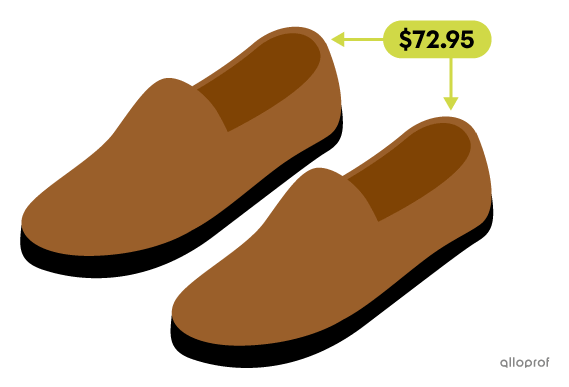-
A digit is a symbol used to represent numbers.
-
A number is a mathematical concept used to count, evaluate, measure, compare or order quantities.
How can we avoid confusing the words numbers and digits?
A number is comparable to a word, whereas a digit is comparable to a letter. In other words, numbers are composed of digits in the same way as words are composed of letters.
The following symbols are used to represent the ten digits of the currently used Indo-Arabic system. These digits are used to write an infinite number of numbers.
0 |
zero |
5 |
five |
 |
|
1 |
one |
 |
6 |
six |
 |
2 |
two |
 |
7 |
seven |
 |
3 |
three |
 |
8 |
eight |
 |
4 |
four |
 |
9 |
nine |
 |
All digits are numbers, but not all numbers are digits.
Take this sentence for example: "There are 3 apples in the basket." Since the digit 3 refers to a quantity (of apples), it is a single-digit number. The opposite is not true, meaning that you can't say "the digit 345" because it's not a digit, but rather a number composed of 3 digits.
-
The number |6| represents the number of stars inside the following set.

-
The number |-2| is represented by the position of point |A| on the number line.

-
The number |72.95| represents the price of this pair of shoes in dollars.

There are several ways to write numbers. The most common numbering system uses Arabic numerals and decimal notation. However, there are other numbering systems, such as Roman numerals. There are also several other notations for numbers, such as fractional notation, exponential notation, etc.
Since each digit in a number occupies a position that determines its value, it is possible to decompose the numbers to order them in ascending or descending order.
Numbers can also be grouped into different number sets according to their characteristics.
Finally, it is important to know the rules of agreement and writing numbers.